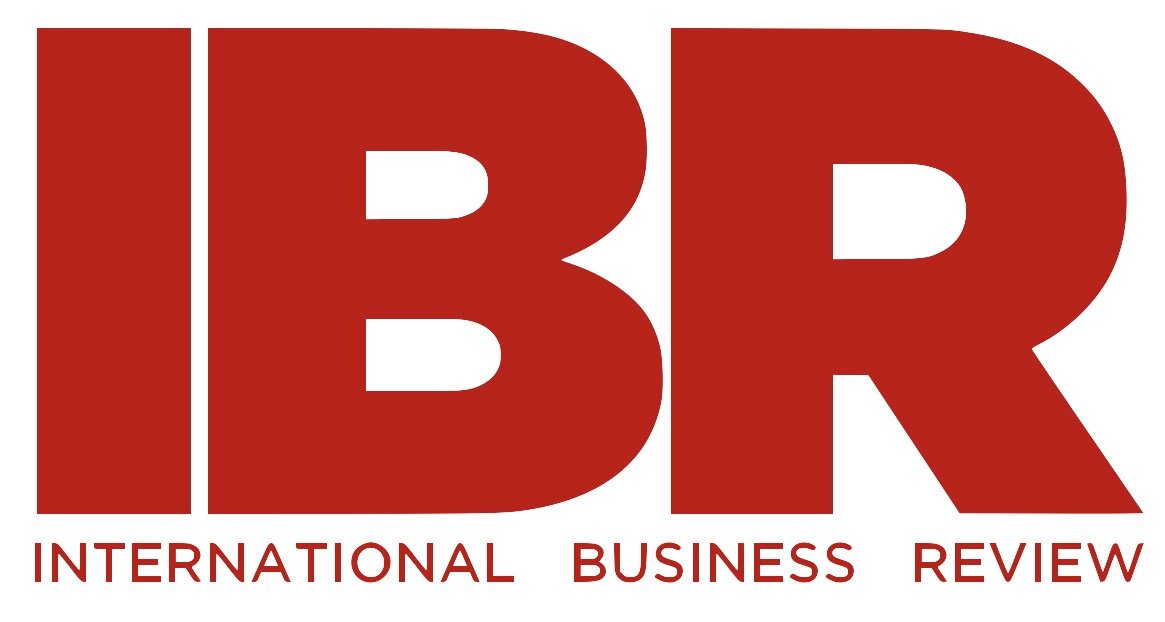Telehealth’s Modern Solution by Ian Zhang W’24
Health is something that we are all concerned about, whether it be our own or someone else’s. However, not everyone has equal access to the resources of modern medicine. Coupled with the issues of our current healthcare systems, we have the opportunity within Telehealth to alleviate some of the cost and location-induced strains of traditional healthcare, while improving the quality of our medical arsenal.
Current health care systems are undoubtedly stagnant, and its flaws have been exposed by the COVID-19 pandemic. Measures of efficiency are being used to cut costs, and hospitals are unprepared or unwelcoming to those with concerns. This collectively puts patient well-being in jeopardy. Most recently, with COVID-19, telehealth has been able to alleviate the concerns of patients by providing an alternative pathway in healthcare.
Although some may argue that traditional healthcare is important, we should consider the promotion of telehealth. Telehealth is often the only option available to those living in remote areas. For example, rural individuals living at least half an hour away from the closest grocery store have a lengthy commute. In a day-to-day setting, it’s inconvenient for them to attend. In fact, many patients who neglected to attend their scheduled appointments, when asked if they would have done it over the internet, would have. On the other side of the coin, many patients who attended their telehealth evaluation noted that if the meeting had been in person, they would not have attended.
By eliminating waiting and transportation times, telehealth increases patient turnout. Furthermore, telehealth can provide access to a wider variety of specialists, and more importantly, often at an on-demand pace to further reduce waiting times. With an opportunity like this, we can effectively prevent obstacles of time and distance while improving patient satisfaction. This will help reduce transportation costs across the board.
This is all important, especially when considering two factors: 1) telehealth can teach important self-care skills and enable a patient to understand the science behind their prognosis or conditions 2) the minimally intrusive telehealth monitoring can give the doctors easy access to appropriate monitoring. Patients can also learn how to care for themselves, especially when within rural settings, but more importantly, learn new skills for self care and improvement. In short, the quality of care and efficiency of care can be easily improved for both doctors and patients alike.
This being said, however, there are concerns regarding the over-utilization of this service and how it can be widely implemented. For example, medicare's coverage of these extra and originally non-essential services are bound to end, having been billed $4 billion during March and April of 2019 compared to $60 million for the same months in 2019. Providers and institutions alike are unsure on the investment in remote medicine. Training staff and procuring technologies and procedures to streamline telemedicine opportunities require time and effort, and many insurers will attempt to under-reimburse such visits. The potential danger comes with the ease of virtual checkups — additional visits that don't have tangible benefits to patient health results in higher costs.
Telehealth is currently tugging between lowering costs and increasing access, but the two are not necessarily mutually exclusive. While there can be logistical issues regarding implementation of technology, Telehealth can also have real impacts on traditional healthcare systems, reducing and diverting unnecessary ER visits and improving efficiencies for run-of-the-mill checkups. Furthermore, telehealth can advance a new business model and help capture more of the market, improving finances.
Overall, when these factors of functionality and ease are combined with quality improvements and personal management of conditions and medication, better health is the result. Not only can telehealth serve as a viable alternative for those who are physically removed from mainstream healthcare, but telehealth can recover lost patients and improve efficiency, helping reduce burdens for doctors, patients, and institutions.
Ian Zhang is a freshman in Wharton, concentrating in Finance and Business Analytics with a minor in Computer Science. He is interested in new healthcare and general technologies and sustainability. In his free time, he enjoys rock climbing and ceramics.

